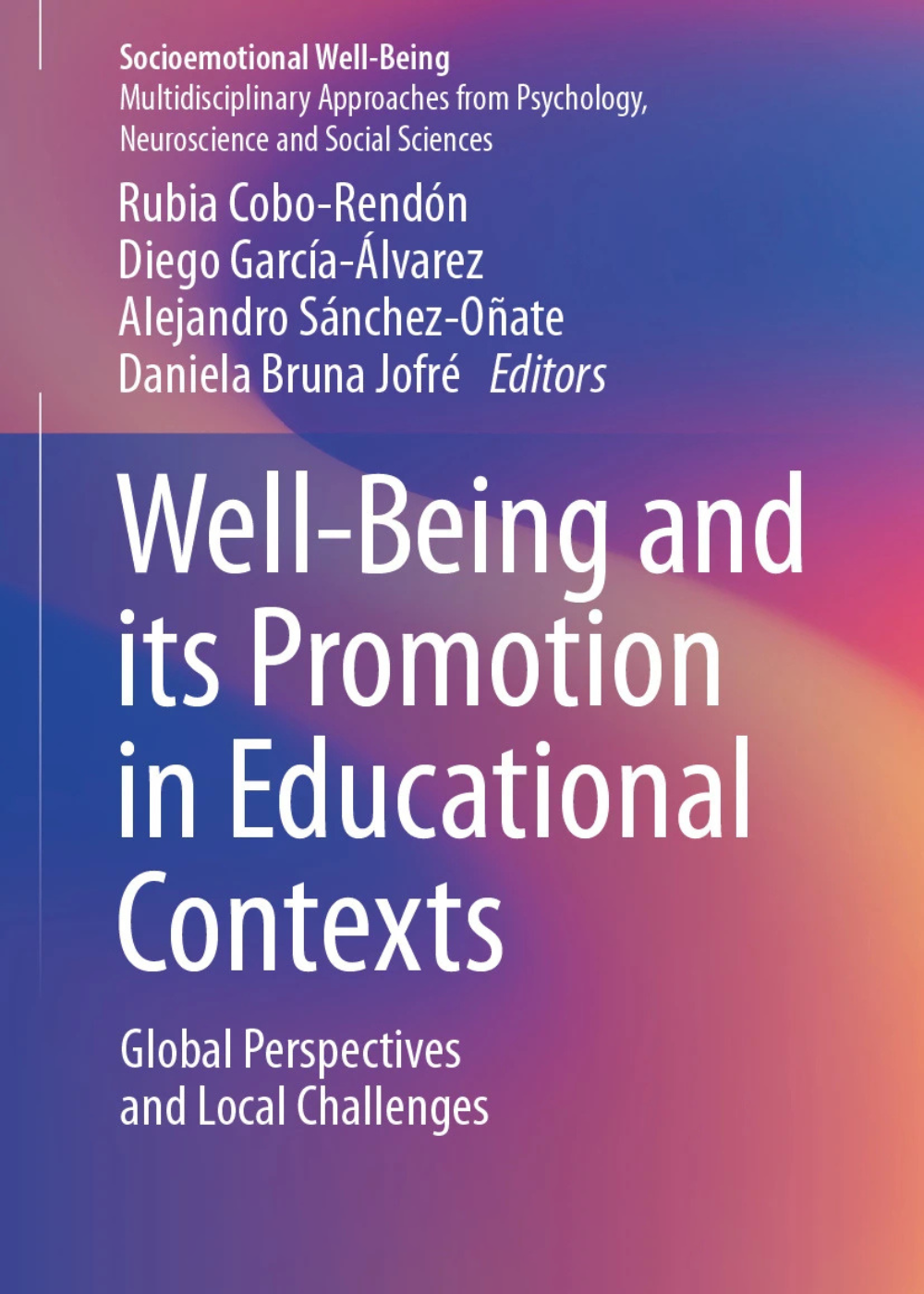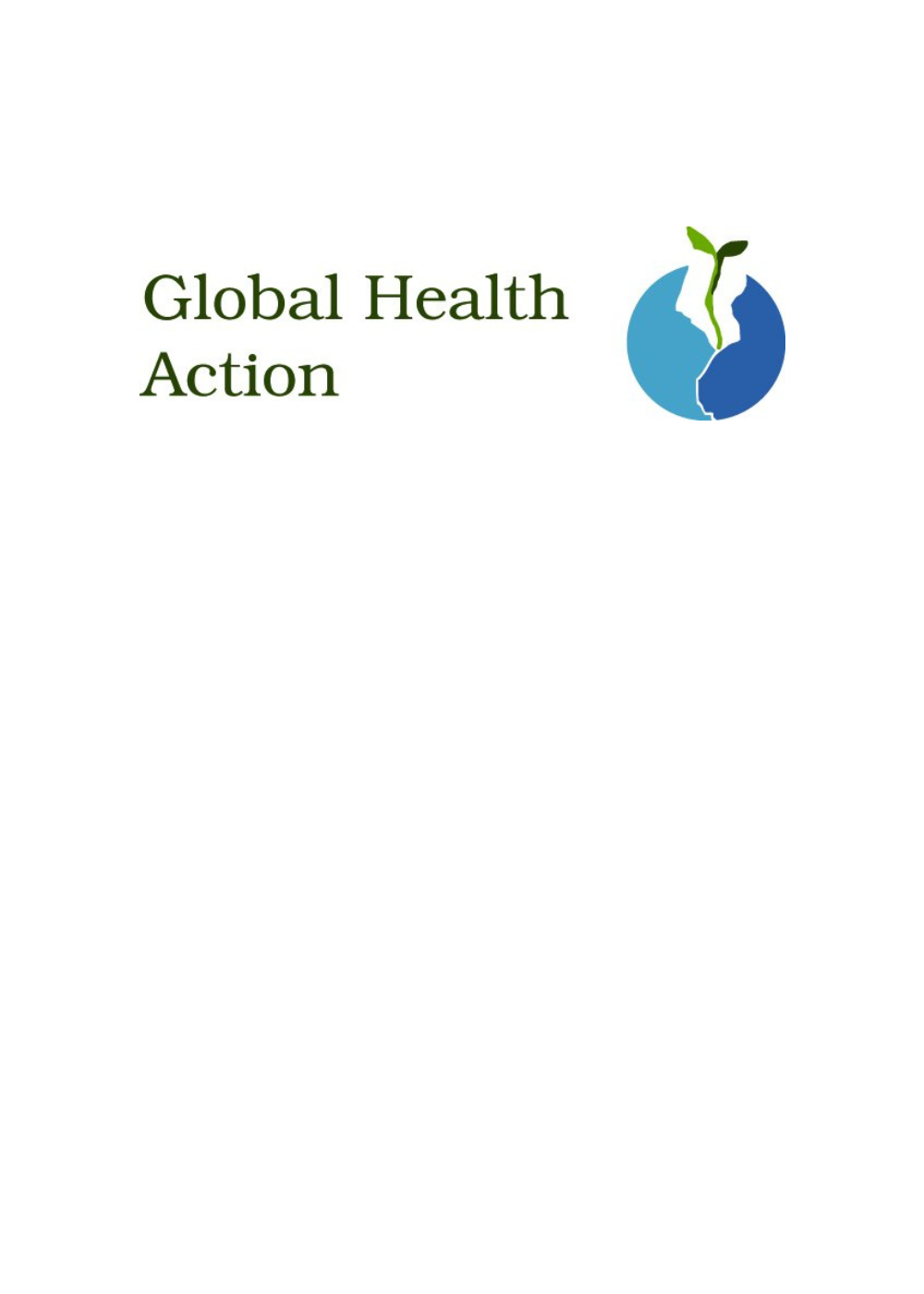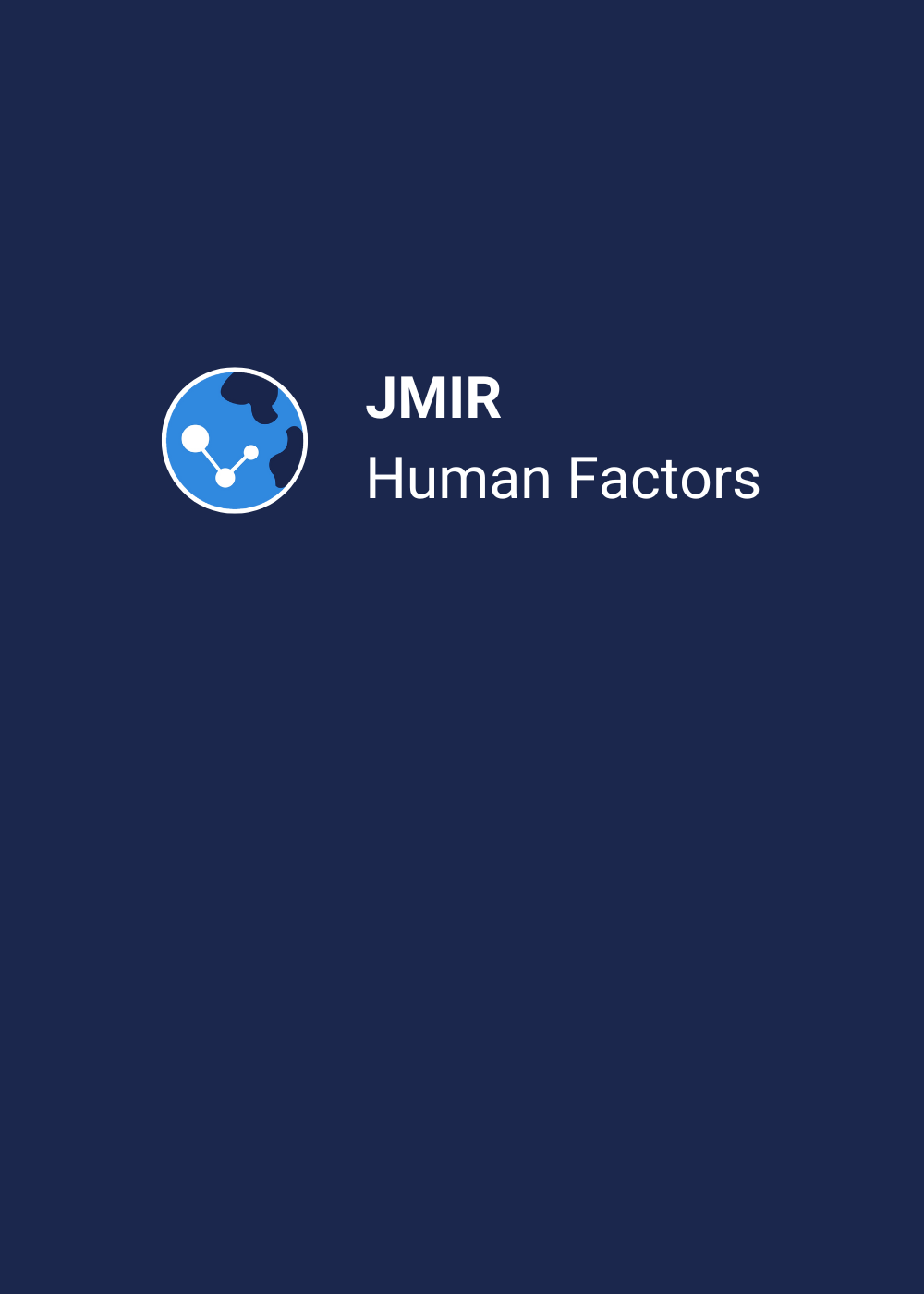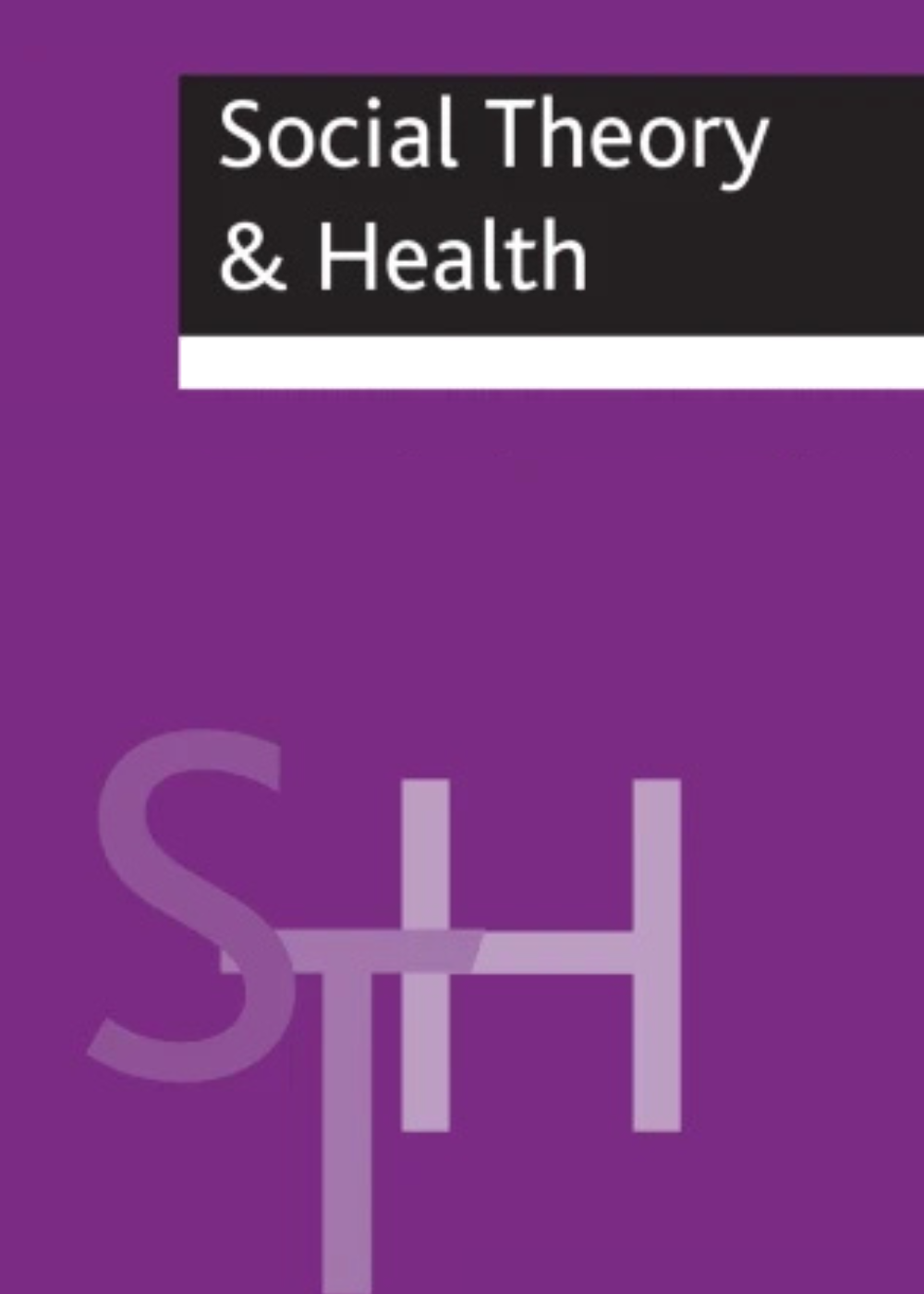
Adolescent Wellbeing: The Role of Schools
Well-Being and its Promotion in Educational Contexts
Devi Khanna, Jose Marquez and Alexandra Turner
Abstract
Adolescence, spanning ages 10–24, is a period of significant transition marked by changes such as puberty, brain development, and shifts in social norms and relationships. As a malleable developmental context, adolescence presents an opportunity for early intervention for improving wellbeing over the life course. Taking a socioecological approach, this chapter outlines the integral role that schools can play in improving adolescent wellbeing as part of adolescents’ environment. This chapter draws on empirical literature as well as case studies of existing health and education policies around the world. In doing so, it considers the role and responsibility of schools for improving wellbeing outcomes; how different aspects of school impact wellbeing differently; and provide policy-based recommendations for how schools can most effectively promote adolescent wellbeing.







